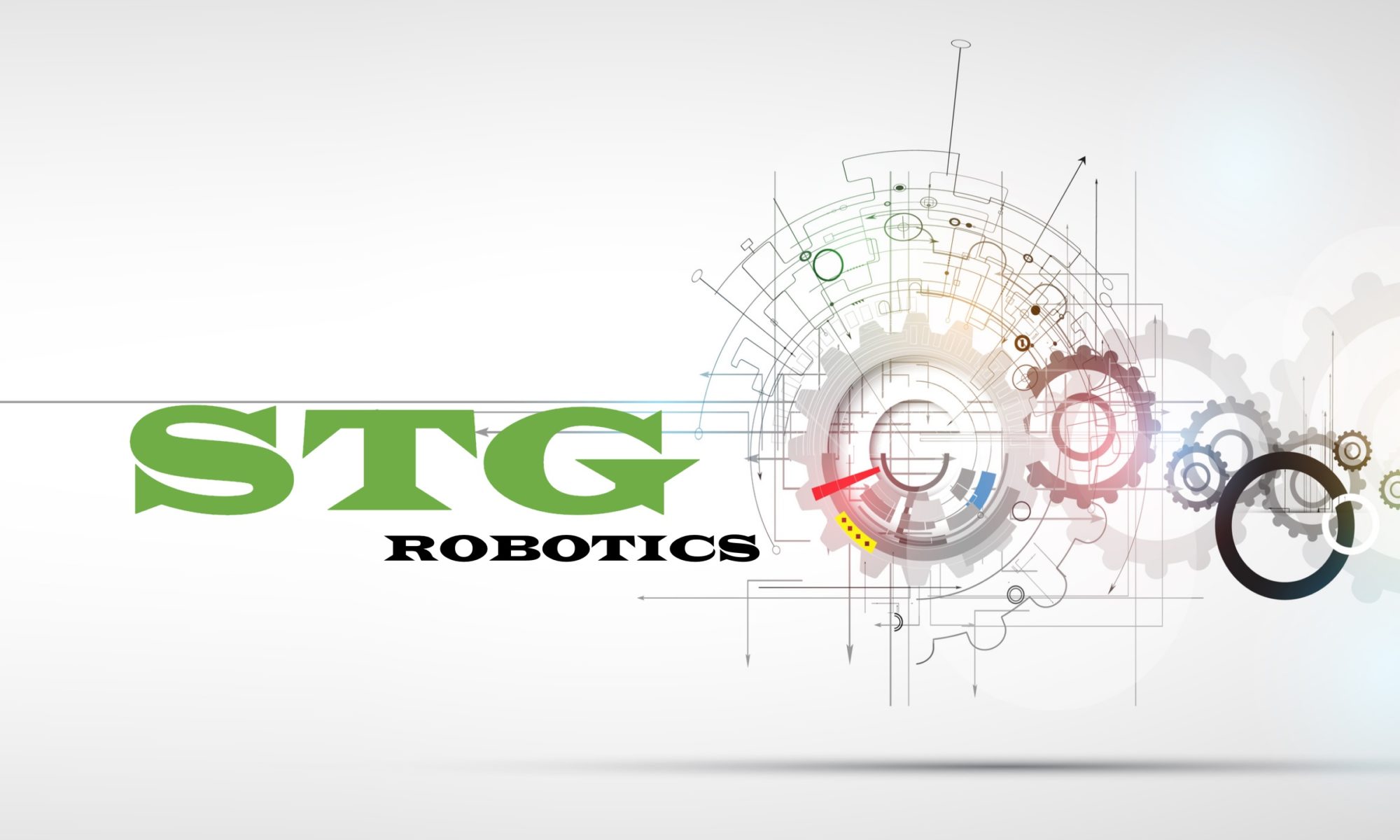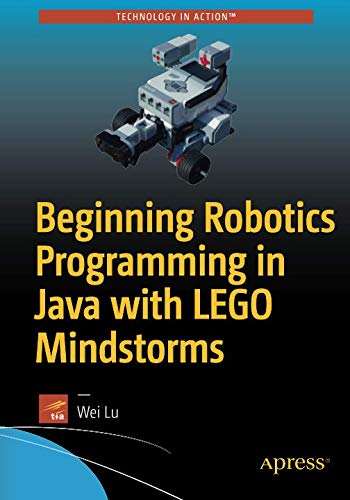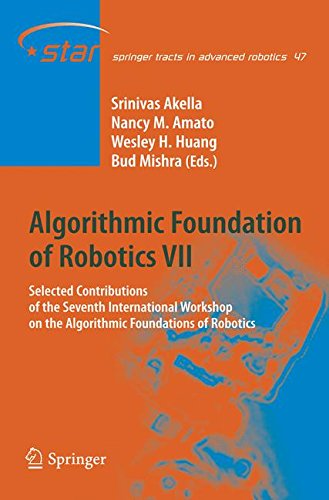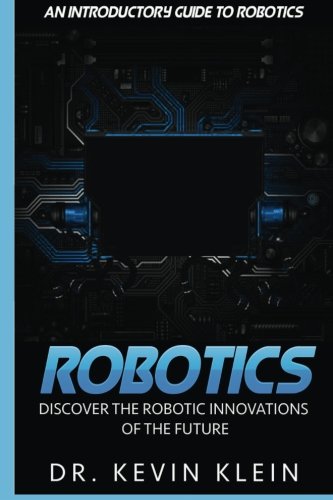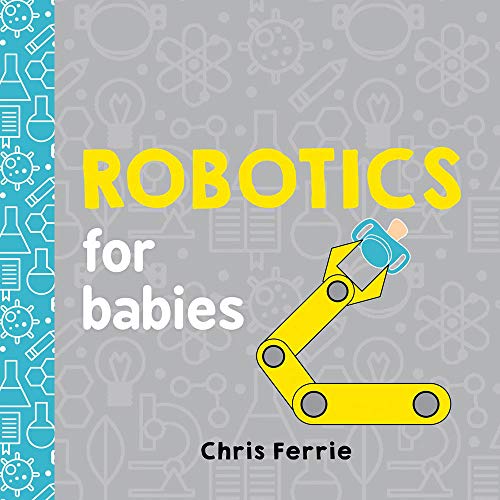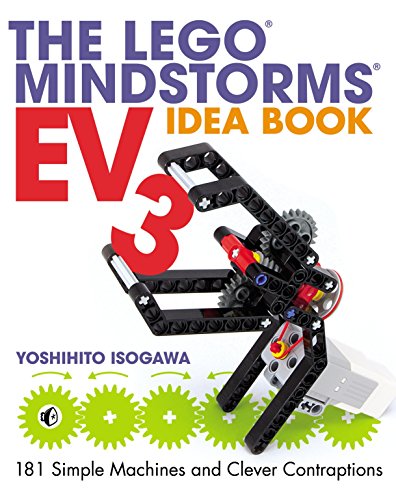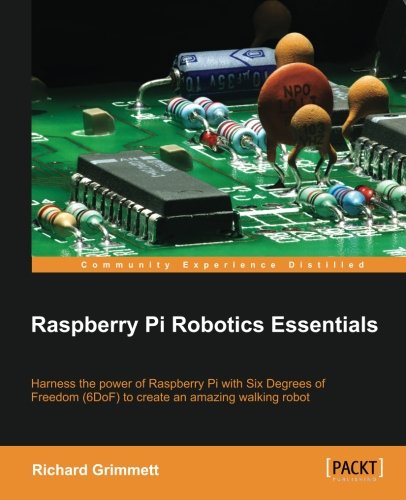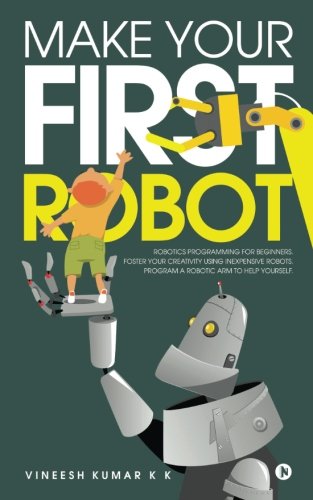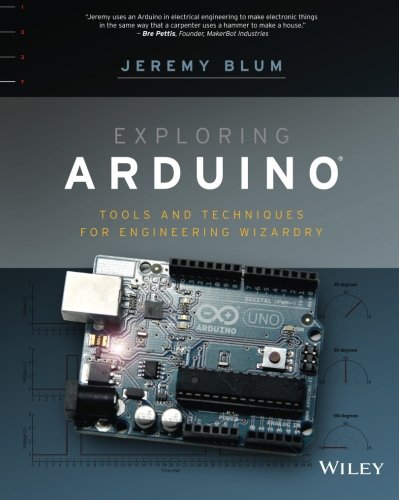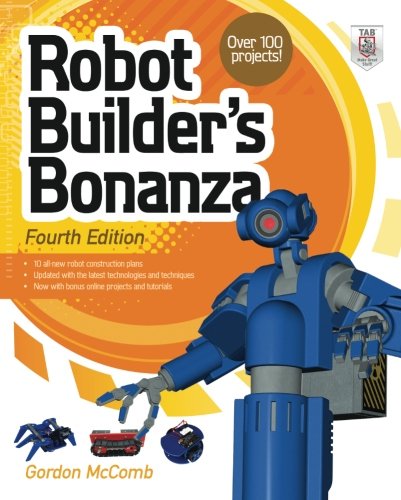Publisher’s Note: Products purchased from Third Party sellers are not guaranteed by the publisher for quality, authenticity, or access to any online entitlements included with the product.
The Bestselling Robotics Book–Now with New Projects and Online Tools!
“Amazing…should be required reading for any budding robot builder!” -GeekDad, Wired.com
Have fun while learning how to design, construct, and use small robots! This richly illustrated guide offers everything you need to know to construct sophisticated, fully autonomous robots that can be programmed from your computer. Fully updated with the latest technologies and techniques, Robot Builder’s Bonanza, Fourth Edition includes step-by-step plans that take you from building basic motorized platforms to giving the machine a brain–and teaching it to walk, talk, and obey commands.
This robot builder’s paradise is packed with more than 100 affordable projects, including 10 completely new robot designs. The projects are modular and can be combined to create a variety of highly intelligent and workable robots of all shapes and sizes. Mix and match the projects to develop your own unique creations. The only limit is your imagination!
Robot Builder’s Bonanza, Fourth Edition covers:
- Parts, materials, and tools
- Building motorized wooden, plastic, and metal platforms
- Rapid prototyping methods
- Drafting bots with computer-aided design
- Constructing high-tech robots from toys
- Building bots from found parts
- Power, motors, and locomotion
- Robots with wheels, tracks, and legs
- Constructing robotic arms and grippers
- Robot electronics and circuit making
- Computers and electronic control
- Microcontrollers–Arduino, PICAXE, and the BASIC stamp
- Remote control systems
- Sensors, navigation, and visual feedback
- Robot vision via proximity, light, and distance
New! FREE online content at:
www.robotoid.com
- My First Robot tutorial lessons
- Project parts finder
- Animated, interactive learning tools
- How-to videos, robot e-plans, bonus articles, links, and more
Plus, go to:
www.mhprofessional.com/rbb4 for:
- Downloadable programs
- RBB app notes
- Bonus chapters
Make Great Stuff!
TAB, an imprint of McGraw-Hill Professional, is a leading publisher of DIY technology books for makers, hackers, and electronics hobbyists.
